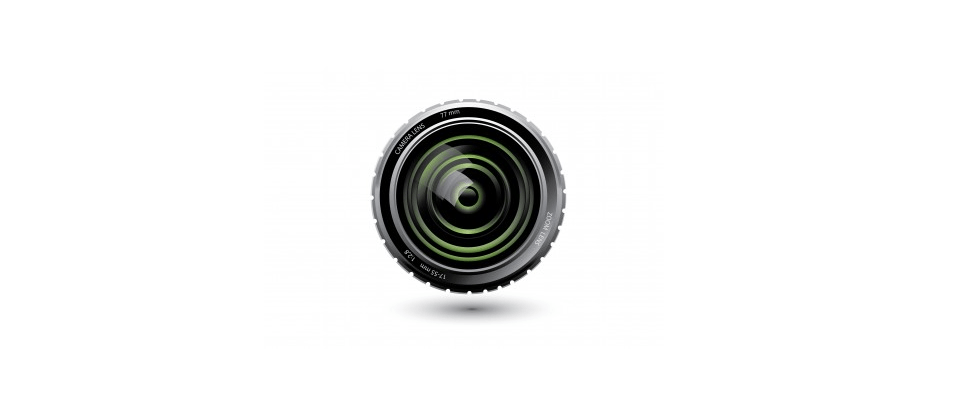
Crop Frame vs. Full Frame Sensors
Camera sensors are typically divided into two categories; the crop sensor and the full frame sensor. In the film ages the standard film size on the majority of cameras was 35mm. When photography made the transition into the digital age, the term “full frame” was applied to the newer digital sensors to comply with the original 35mm film camera.
On the majority of DSLR cameras, the sensor size is significantly smaller than 35mm.It was only in 2002, that the first sensor that equalled the size of 35mm film was formed. Although there is much debate as to which sensor size is better, the truth is that the “Full frame” aren’t really “full”, it is a 35mm equivalent and a “crop sensor” is typically referred to as an “APS-C sized sensor”.
As with everything there are advantages and disadvantages to using a full frame sensor.
Advantages:
Deals with Low-light situations better: Digital imaging sensors have tiny little light sensors that record light and produce a pixel. As the sensor is larger it has a better capability of capturing weaker light and will also cause less when using a higher ISO compared to the crop sensor counterpart.
Viewfinder Brightness: As full frame cameras use larger lenses, they can produce a brighter viewfinder image.
Depth of Field: Sensor size affects depth of field. As the 35mm equivalent (full frame) sensor is larger, it can accomplish a shallower depth of field in comparison to the APS-C sized (crop sensor) camera.
Preferred Camera Body: Camera brands do not make a lot of crop sensor cameras on par with full frame bodies, which is why they are now the industries preference of camera.
Disadvantages:
Price: Imaging sensors are cut out of large sheets of expensive chips called wafers. As the sensor size is larger and they are the photographer’s choice of camera, they cost a great deal more than a crop sensor model.
Weight: AS specific lenses have to be bought for full frame cameras, they tend to be bulkier and heavier, therefore adding weight to your kit.
Lens compatibility: Although full frame lenses can work properly on crop frame DSLRs, the opposite cannot be said for full frame cameras. Therefore, crop sensor DSLR cameras have a larger variety of lens types available to them.
Sensor size is something to consider when purchasing a DSLR, however it’s a matter of choosing the correct model for your need. Stunning images have been captured with cameras with both versions of sensors. Therefore there’s no need to worry about the image quality loss as part of the decision making process, because at the end of the day if the camera is in the right hands, the images will look their best.
Looking to sharpen your photography skills? Join our top-rated professional photography classes today!



